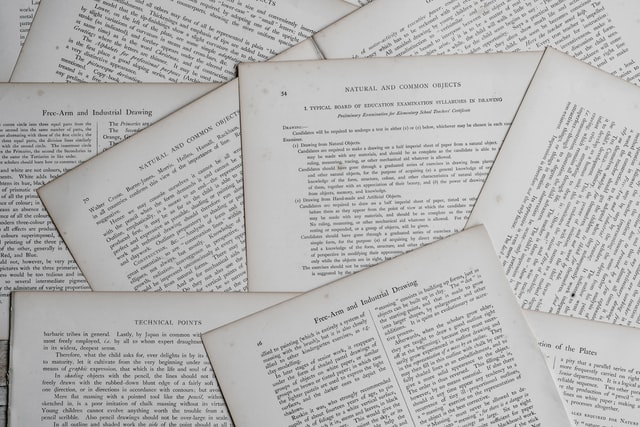
pixabay.com
So you need a perfect translation, but you are not going to translate the text yourself. Then this short article is for you! Let’s have a look at some very basic principles for those who need translation.

1. Prepare your materials for translation.
In software development, there is a concept called internationalization. This is the process of designing a software application in such a way that it can be adapted to various languages and regions without engineering changes. Software localization is pretty complex, as there are a lot of things to consider. To name just a few:
- left-to-right or right-to-left text,
- capitalization,
- local units of measurement,
- grammar differences,
- etc.
Why talk about software localization all of a sudden? Because these principles apply to many other types of translation. For example, German, Ukrainian or Russian tend to have longer words than English, which means that more space should be provided for these languages at the desktop publishing stage.
So please be sure to consider whether your text is ready for internationalization and do not overuse tags (if you have any, you’ll know). A good language specialist will point out the problems the text might have, but solving them would require additional work and time, so it’s best to avoid them.
2. Choose a trusted language services provider.
Now who that might be? The best option for you actually depends on your needs. If you plan to localize your content into many languages, you should hire an agency. But if you plan to localize into a very limited number of languages and have the time to contact service providers individually, hire freelance translators. This way you are likely to save money! That is correct, freelance translators often charge less than agencies. Moreover, you are sure to get a personal approach to your linguistic problems.
If you hire an individual translator, you would want them to have enough experience to handle your project.

3. Be aware of which service you purchase.
Agencies charge more not only because of their surcharge. They often offer not just translation, but TEP – Translation, Editing and Proofreading. That means that after the text is translated, the work is not finished. First, an editor analyzes the original and translated texts and corrects mistakes, should any be found. Then another person, a proofreader, analyzes the resulting translation and polishes it, so it would have no flaws in the target language.
That said, this doesn’t mean that individual service providers do not offer TEP services. However, this is something that you should pay attention to. Some professionals might look much cheaper only because they don’t offer editing and proofreading on top of translation. That does not always mean they lack expertise.
4. Provide reference materials.
And not just the standard reference materials. If you need to translate software, provide the translator with a demo version. If you need to translate a manual, your translator should get the original manual, and not some excerpts from it. Do you have an article to translate with a certain layout in mind? Provide the translator with a draft in order not to have any problems at the DTP stage. And the list goes on.
If you want the translation to seamlessly convey your voice, you should have a style guide. If you have a list of set terminology, this should also be given to the translator. The more reference materials the translator has, the better and faster the translation will be. If you worry about confidentiality issues, sign a non-disclosure agreement with the service provider.
The translator may also ask questions regarding your text. Don’t just dismiss them as a nuisance! When a language professional asks questions, they take extra time and effort to ensure the perfect translation.
If you choose a good provider and follow these very basic tips, your chances to get a perfect translation will get much higher. If you have any questions or want me to elaborate on any details, please don’t hesitate to drop me a line!
Want to know a bit more about the translation services? Here’s an article to get started.

